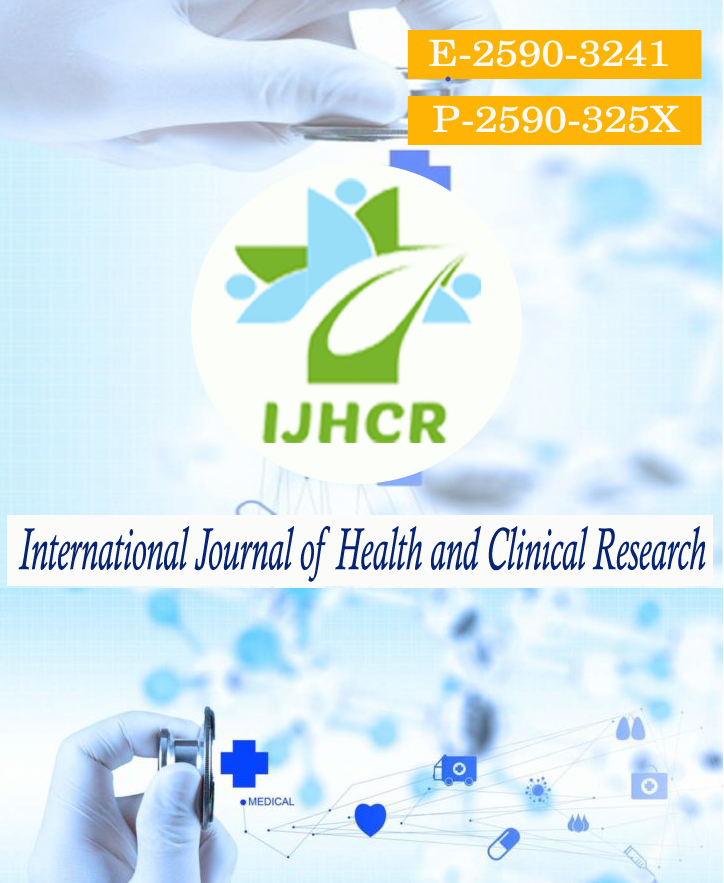Transversus Abdominis Plane Block Versus Ilioinguinal/Iliohypogastric Nerve Block with Wound Infiltration for Postoperative Analgesia in Inguinal Hernia Surgery: A Prospective Observational Study
Keywords:
TAP block, Inguinal hernia, nerve block, transversusabdominis plane block, ultrasound-guided, visual analog scale, wound infiltrationAbstract
Background: The major goal in the management of postoperative pain is minimising the dose of medications to lessen side effects while still providing adequate analgesia.Various analgesic modalities have been used for postoperative analgesia in patients undergoing inguinal hernia surgery. Aim: To compare the efficacy and duration of analgesia with ultrasoundguided TAP block and IIIH nerve block with wound infiltration in the postoperative period among patients undergoing unilateral open inguinal hernia surgery and to evaluate the need for rescue analgesia, haemodynamic parameters and complications if any. Methods: This prospective observational study was conducted at the SMHS Hospital which is one of the associated hospitals of Government Medical College, Srinagar for patients who underwent open inguinal hernia repair over a period of eighteen months. A total sample size of 60 patients was available for study. For statistical purpose only, these patients were assigned to one of the groups as per the methodology adopted. 30 patients in our study received transversusabdominis plane block and they were designated as group T (n=30). 30 patients in our study received ilioinguinal, iliohypogastric nerve block with wound infiltration and they were designated as group I (n=30). The primary outcome measure was the time to rescue analgesia in the first 24 h postoperatively. Statistical Analysis: Statistical comparisons were performed using Student's t-test and Chi-square test. Results: There was a significant difference in postoperative analgesia between two groups at 4, 6, 8 and 12 hours as suggested by the VAS scores at these intervals with a p- value < 0.05. Beyond 12th hr there was no significant difference in VAS score. The mean time at which the Ist dose of rescue analgesia was received by the patients in group T was 8.3 + 1.29 hours and that in group I was 6.20 + 0.61 hours and the difference between the two was found to be statistically significant with a p- value of <0.05. Hemodynamics was stable in both the groups. There were no complications attributed to the block. Conclusion: Both TAP block and IIIH nerve block with wound infiltration are effective regional blocks for open inguinal hernia procedure in adult patients. Hence, both TAP block as well as IIIH block with wound infiltration can be used as effective modalities to control postoperative pain after open inguinal hernia procedures.
Downloads
Published
How to Cite
Issue
Section
License
Copyright (c) 2021 Iftikhar Rana, Nyla Farooq, Abrak Asma, Hina Bashir

This work is licensed under a Creative Commons Attribution 4.0 International License.






 All articles published in International Journal of Health and Clinical Research are licensed under a
All articles published in International Journal of Health and Clinical Research are licensed under a 